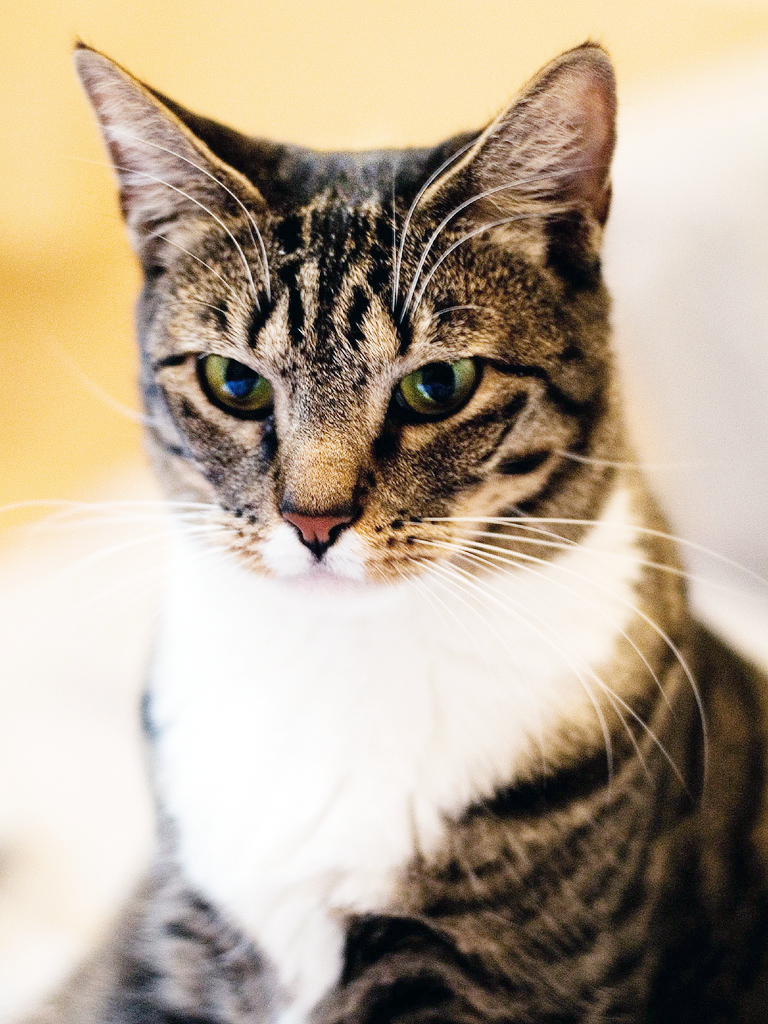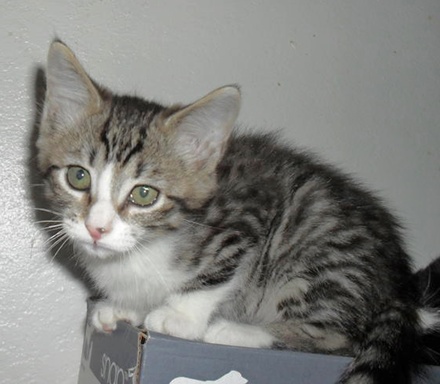


Who will take care of my cat if I have to go away?.Am I allowed to keep a pet in my rented flat/house?.
Exotic shorthair tabby pure white free#
Are all family members free of cat hair allergies?.Do I have enough time to take care of a cat?.The following questions can help your considerations: Buying a pet should be well thought through. You’ll be doing neither yourself nor your cat a favour if you observe after a few months that living together isn’t working as well as you imagined and you have to give up your new furry friend again. Is the Exotic Shorthair the right cat for you?īefore you head to the next animal shelter or breeder, you should naturally be convinced that the Exotic Shorthair is right for you. The animal keepers at the home will usually be friendly and willingly and sincerely answer your questions about the cats. Ask in the animal home where the cat comes from and whether inbreeding or severe hereditary diseases can be ruled out. Of course a responsibly bred pedigree Exotic Shorthair comes at a cost (around 1,000 euros), but you this will allow you to save a lot on veterinary costs.Īlternatively, you can also take a look at a nearby animal shelter where many adult cats, including Persians, Exotic Shorthairs or hybrids, are waiting for a new home and a second chance.

An Exotic Shorthair free of breeding exaggerations has a long life expectancy of 15 years or more. The breeder should also have the animals they deploy for breeding tested for widespread hereditary diseases and their kittens vaccinated, dewormed and microchipped. Make sure that no forebearers feature twice in the family tree in order to rule out inbreeding. If you’re interested in an Exotic Shorthair, you should definitely contact a serious breeder and only buy kittens from a healthy pedigree. It’s best to buy from a reputable Exotic Shorthair breeder In 1967, it was recognised as an independent breed in the US. Many Persian breeders started breeding the Exotic Shorthair too and disseminated it further. The experiment was successful: the offspring of Persians and Shorthairs were just as sociable and friendly as the long-haired Persian – only with short coats. American Shorthair breeders paired popular but high-maintenance Persians with their short-haired cats to comply with the request for a Persian cat with a short and low-maintenance coat. However, the short-haired Persian came about in the 1950s in the US. Hence, the British spearheaded Persian cat breeding for a long time. These elegant long-haired cats achieved worldwide recognition in 1871 when Queen Victoria purchased two blue cats from this breed at an exhibition in London. A study published in 2014 by the University of Missouri (US) shows that the present-day Persian breed was in fact a chance breed from specimens of a Russian pet cat. Although the Frenchman Nicolas Claude Fabri de Peiresc is also said to have brought the first long-haired cats from Asia Minor to his homeland in the middle of the 17 th century, it could not be proven whether these cats, which were already called Persians, were actually the ancestors of the cat breed we know today. Based on recent genetic studies, however, it is subject to debate whether they actually come from the Persian city Khorasan, from where the Italian world traveller Pietro della Valle is said to have brought them to Europe. Scientists assume that the ancestors of Persian cats were already alive in ancient times, so there is no doubt that Persians are one of the oldest pedigree breeds in existence.


 0 kommentar(er)
0 kommentar(er)
